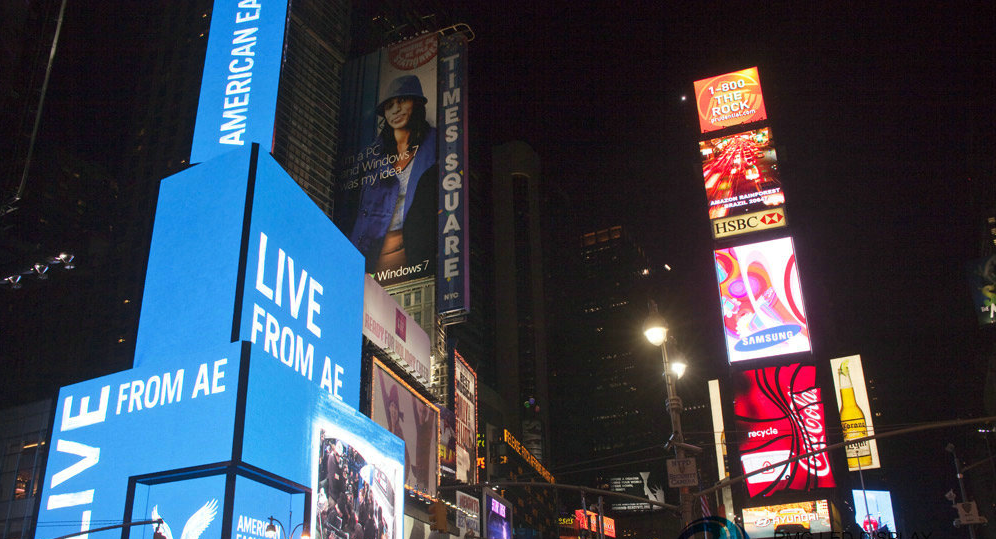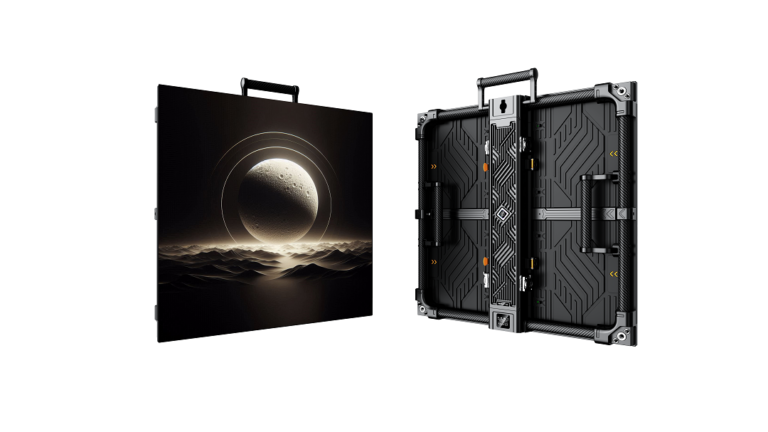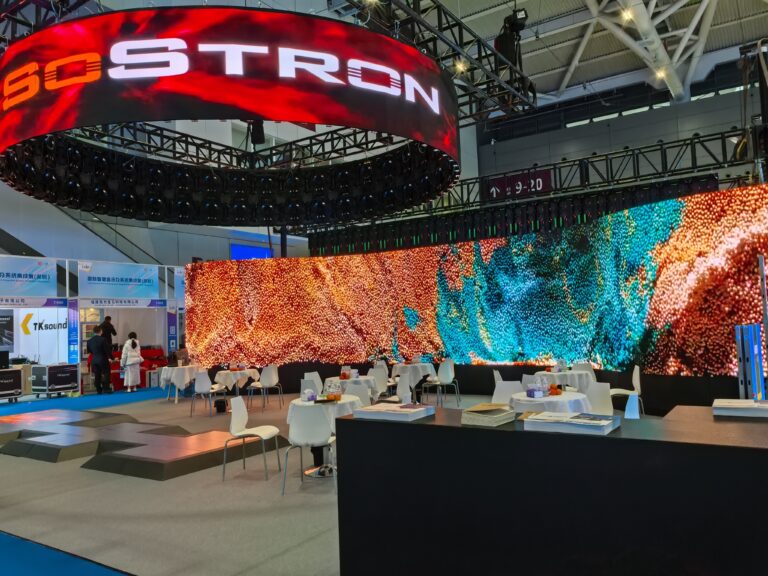What is LED display chip?
What is the model of led display chip?
What is the function of LED display chip?
The performance comparison of mainstream LED special chips at present!
What is LED display chip?
LED chip is a solid-state semiconductor device. The heart of LED is a semiconductor chip. One end of the chip is attached to a bracket, one end is the negative pole, and the other end is connected to the positive pole of the power supply, so that the entire chip is encapsulated by epoxy resin.

What is the model of led display chip?
LED driver chips can be divided into general chips and special chips. The so-called general-purpose chip is not designed for LED, but some logic chips (such as serial-parallel shift register) with some logic functions of LED display. The special chip refers to the driver chip specially designed for LED display screen according to LED luminous characteristics.
1. Special chip
The special chip has the characteristics of large output current and constant current, which is more suitable for occasions with large current and high image quality requirements, such as outdoor full-color screen and indoor full-color screen. The key performance parameters of the special chip include the maximum output current, the number of output paths of the constant current source, the current output error and the data shift clock.
2. Universal chip
General chips are generally used for low-end products of LED display screens, such as indoor monochrome screens and dual-color screens. The most commonly used general-purpose chip is 74HC595. The 74HC595 has 8-bit latch, register and tristate output. The maximum output current of each circuit is 35mA. General IC manufacturers can produce such chips.
What is the function of LED display chip?
1. Reduce the dead light rate
Generally speaking, LED display manufacturers define the dead light rate of traditional LED electronic large screen at 1/10000, while the number of LED beads with small spacing ranges from millions to hundreds of millions. If the dead light rate of traditional LED electronic large screen is calculated, there will be more than 10 or more dead lights per square meter of small-spaced high-definition LED display screen, which will affect the overall picture beauty for the screen with dense resolution. Therefore, the high-definition LED display industry stipulates that the dead light rate of small spacing should be controlled at 1 in 100000 or even 1 in a million to meet the demand for long-term use. Of course, in addition to the requirements for dead light rate of lamp beads, the requirements for the quality of LED chips are also very high.
2. Improve refresh rate
Due to the close viewing distance, if the refresh rate cannot meet the standard of high-definition camera or high-definition mobile phone, water ripple will appear on the screen when shooting, which will seriously affect the beauty of the shot image. Therefore, LED display manufacturers put forward higher requirements for the refresh rate of small spacing, and the refresh rate is related to the driver chip. That is to say, the higher the refresh rate, the higher the requirements for the LED chip to withstand high frequency pulse current. However, for conventional ordinary chips, they cannot meet the requirements of high brush at all. Even if they meet the requirements of high brush, the higher the refresh rate, the more likely it is to cause various inconsistent abnormal displays on the screen. Therefore, when LED chips respond to high refresh, they need not only the shortest possible response time, but also the higher consistency of the capacitor and the fast and always off time. To ensure that the screen has a higher refresh, but also maintain consistent display stability.
3. Adjust brightness
The small spacing mentioned above is for close viewing, but since the LED screen itself is self-illuminated and each lamp bead can self-illuminate, the brightness is relatively high compared with LCD and DLP display products. If it is LED outdoor display or LED indoor display for remote viewing, this high-brightness screen can meet the user’s viewing needs. However, the high-definition LED display screen with small spacing itself belongs to close viewing. If the brightness is too high, the audience will easily produce visual fatigue when watching for a long time, and even damage the eyes.

Performance comparison of current mainstream LED special chips
At present, the manufacturers of special driver chips for LED display mainly include TOSHIBA (Toshiba), TI (Texas Instruments), SONY (Sony), etc. In China’s LED display industry, these chips have applications.
1. TOSHIBA products have high cost performance and high market share. The main products are TB62705, TB62706, TB62725, TB62726, TB62718, TB62719, TB62727, etc. Among them, TB62705 and TB62725 are 8-bit source chips, and TB62706 and TB62726 are 16-bit source chips. TB62725 and TB62726 are the upgrade chips of TB62705 and TB62706 respectively. These products have improved current output error (including inter-bit and inter-chip error), data shift clock, power supply voltage and chip power consumption.
2. As an IC manufacturer, the performance of TI’s products is unquestionable. However, due to the lack of early development of China’s LED market, the market share is not high. The main products include TLC5921, TLC5930 and TLC5911. TLC5921 is a high-precision 16-bit source driver chip with TSD and LOD functions. Its inter-bit current error is only ± 4%, but its price has been high, until recently, it has dropped to the level equivalent to TB72726. TLC5930 is a 12-bit source chip with 1024 grayscale (10-bit PWM), and has 64-level brightness adjustable function. TLC5911 is a driver chip positioned in the high-end market. It is a 16-bit source chip with 1024 grayscale, 64 brightness adjustable, TSD, LOD and other functions. There are metal heat sinks under the TLC5921 and TLC5930 chips. Pay attention to avoid the LED lamp feet during practical application, otherwise the LED lamp will be dimmed due to electric leakage.
3. SONY products have always been positioned in the high-end market, and LED driver chips are no exception. The main products are CXA3281N and CXR3596R. CXA3281N is an 8-bit source chip with 4096-level grayscale mechanism (12-bit PWM), 256-level brightness regulation, 1024 level output current regulation, TSD, LOD and LSD (output short circuit detection) and other functions. CXA3281N is mainly designed for static driving mode, and its large output current is only 40mA. CXA3596R is a 16-bit source chip, functionally inheriting all the features of CXA3281N, mainly improving the output current (from 40mA to 80mA) and the number of constant current source output channels (from 8 to 16). At present, the single chip price of CXA3281N is more than US $1, and the price of CXA3596R is more than US $2.
Whether it is high-power LED chips for key lighting and overall lighting, or low-power LED chips for decorative lighting and some simple auxiliary lighting, the key to technological upgrading is how to develop more efficient and stable LED chips. In just a few years, with the help of a series of technical improvements, including the design of new chip structures and new epitaxial structures with multiple quantum wells, the luminous efficiency of LED has achieved a great breakthrough, which will pave the way for the popularization of LED semiconductor lighting.





